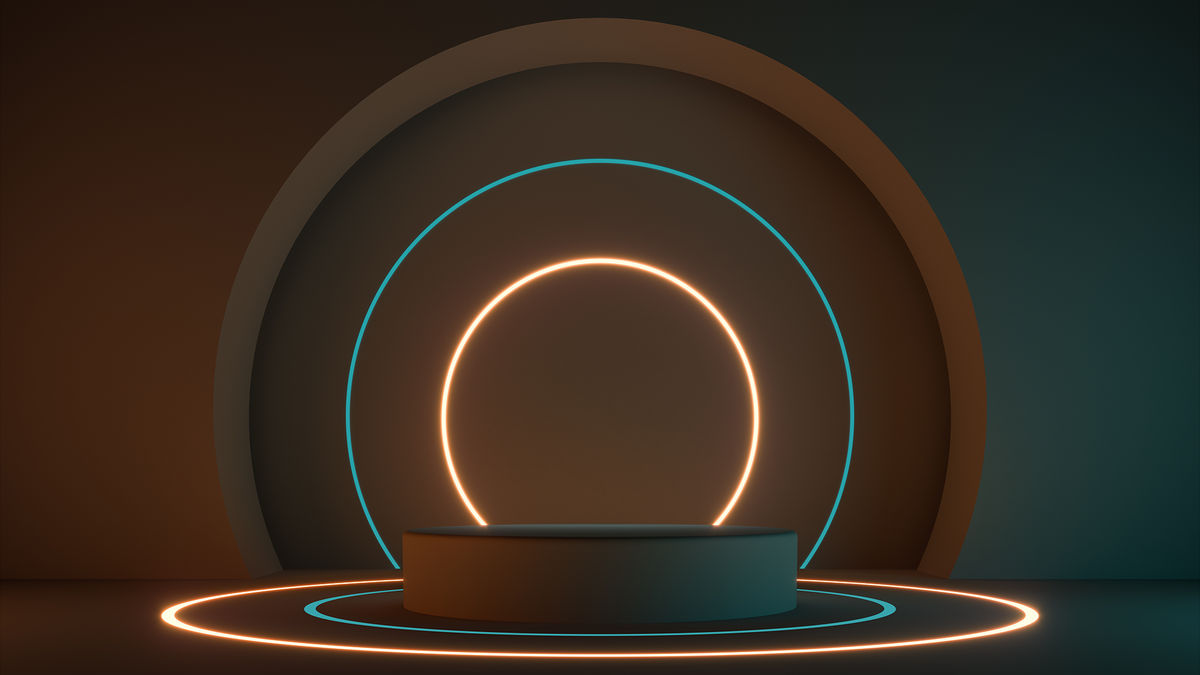Science
Evaluation of simulated orthokeratology in a soft contact lens for myopia control

In this article:
Authors: Xu Cheng, Xu Jing, Noel A Brennan
Johnson & Johnson Vision, Jacksonville, Florida, United States
Date: April-May 2018
Source: ARVO 2018 abstracts
Summary
A prototype soft contact lens was designed to simulate the change to corneal power profile induced from orthokeratology (OK) lens wear, and its effect on axial eye elongation over 1 year of wear in 381 children compared to an age matched spectacle lens wearing control to reveal no significant difference in change to axial eye length or refraction between the test and control groups.
Clinical relevance
Outcomes from this study causes the authors to suggest of a non optical mechanism for OK's efficacy in slowing myopia progression.
Limitations and future research
- Meeting abstract so not fully peer-reviewed
- Lens design not specified in the abstract so need to take the authors word that the soft lens optical profile was equivalent to that provided by OK
- It is unlikely that a single soft lens design will match individual OK induced optical profiles in individual study participants
- From clinical observation OK provides different optical profiles across individual patients that achieve the same refraction change, i.e. differences in treatment zone shape and diameter
Full story
Prototype soft CLs were designed to match the optical profile induced by OK lens wear. The lenses then worn by 381 children (7-11ys) for 1 year, with children randomly allocated:
- Test group, prototype CL (n=148)
- Control Group, single vision specs (n=147)
Average wearing time: 11.5 hrs/day, 6.1 days/week.
Change to axial eye length: Test 0.248±0.033mm, Control 0.273±0.033mm (non significant difference).
No significant difference in change to cyclopegic spherical equivalent refraction (Test - Control: -0.05D).
Conclusions
Lack of difference in change to axial eye length and refraction from the OK optical profile simulated soft lens raises suggestion that OK's propensity to slow myopia progression is not due to the optical changes it makes.
Abstract
Title: Evaluation of simulated orthokeratology in a soft contact for myopia control
Purpose: Orthokeratology (OK) has been shown to be effective in controlling myopia progression. It is hypothesized that OK controls myopia progression by inducing relative positive power in the periphery of the cornea compared to the center. A prototype soft contact lens (SCL) was designed to simulate the optical impact of OK on the eye (simOK). The purpose of the study was to evaluate the efficacy of this lens for controlling myopia progression.
Methods: The study was a multi-center, prospective, randomized, controlled trial with a two-arm, parallel-group design. Eligible subjects of any ethnicity who were between the age of 7 and 11 years and with myopia between -0.75D and -5.00D were randomly assigned to wear either investigational simOK SCL (test, T) or single-vision spectacle (control, C) lenses. Axial length (AL) and cycloplegic spherical equivalent autorefraction (SECAR) were measured at baseline, 6 months and 1 year. Both AL and SECAR were measured again in group T subjects after ceasing lens wear for a week to account for the impact of contact lens wear itself as opposed to its optics.
Results: A total of 381 subjects from 10 multinational clinical sites were enrolled between 2014 and 2015, with 148 subjects in the T group and 147 in the C group completing 1-year follow-up. There were no significant differences in subject demographics or baseline characteristics (AL and SECAR) between the study groups. The average lens wear time (±SD) of subjects in group T was 11.49 (±2.19) hours/day and 6.09 (±0.88) days/week, which met compliance criteria. After 1 year of lens wear, the mean (± SE) change in AL from baseline was less in T (0.248±0.033mm) than C (0.273±0.033mm) group (T-C: -0.025mm, p=0.020). However, this difference was no longer statistically significant after the 1-week washout period (T-C: -0.019mm, p=0.071). Further, there was no significant difference in refraction change between the two groups (T-C: -0.051D, p=0.090).
Conclusions: SCLs that simulate the optical impact of OK were largely ineffective in controlling myopia progression. These results are inconsistent with multiple reports of myopia control with OK, suggesting that the mechanism by which OK imparts myopia control may not be optical in nature. It also raises questions as to the choice of the control lens (SCLs vs. spectacles) in evaluating SCLs for myopia control.
Meet the Authors:
About Paul Gifford
Dr Paul Gifford is an eyecare industry innovator drawing on experience that includes every facet of optometry clinical practice, transitioning to research and academia with a PhD in ortho-k and contact lens optics, and now working full time on Myopia Profile, the world-leading educational platform that he co-founded with Dr Kate Gifford. Paul is an Adjunct Senior Lecturer at UNSW, Australia, and Visiting Associate Professor at University of Waterloo, Canada. He holds three professional fellowships, more than 50 peer reviewed and professional publications, has been conferred several prestigious research awards and grants, and has presented more than 60 conference lectures.
Enormous thanks to our visionary sponsors
Myopia Profile’s growth into a world leading platform has been made possible through the support of our visionary sponsors, who share our mission to improve children’s vision care worldwide. Click on their logos to learn about how these companies are innovating and developing resources with us to support you in managing your patients with myopia.










